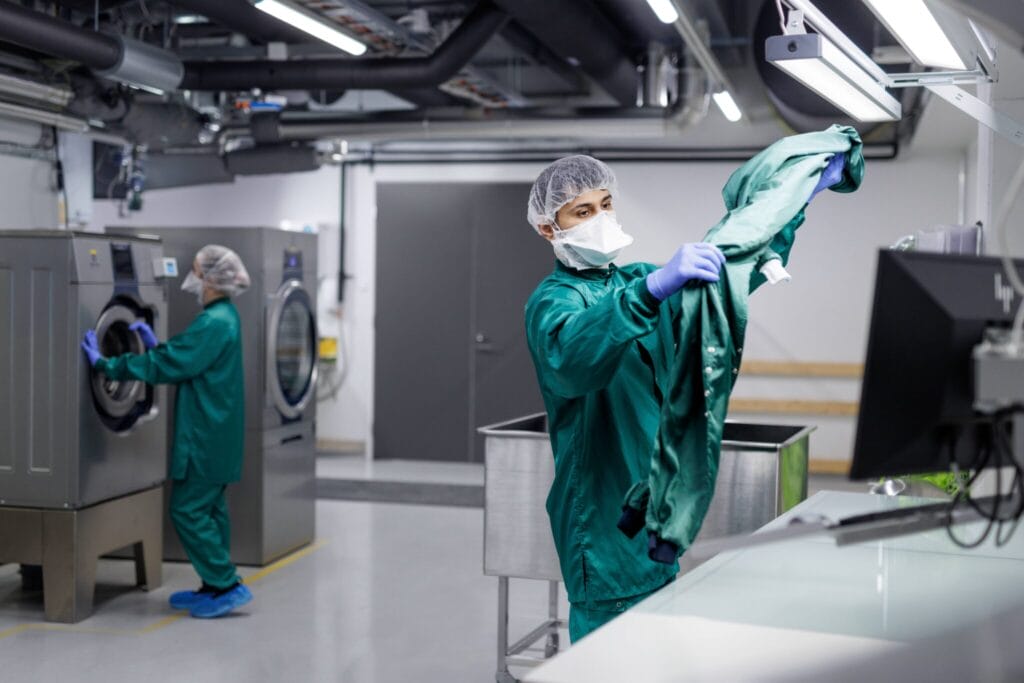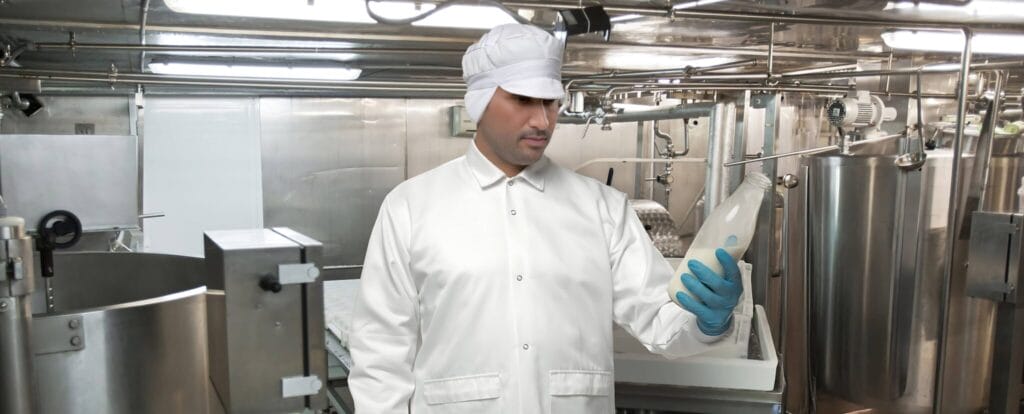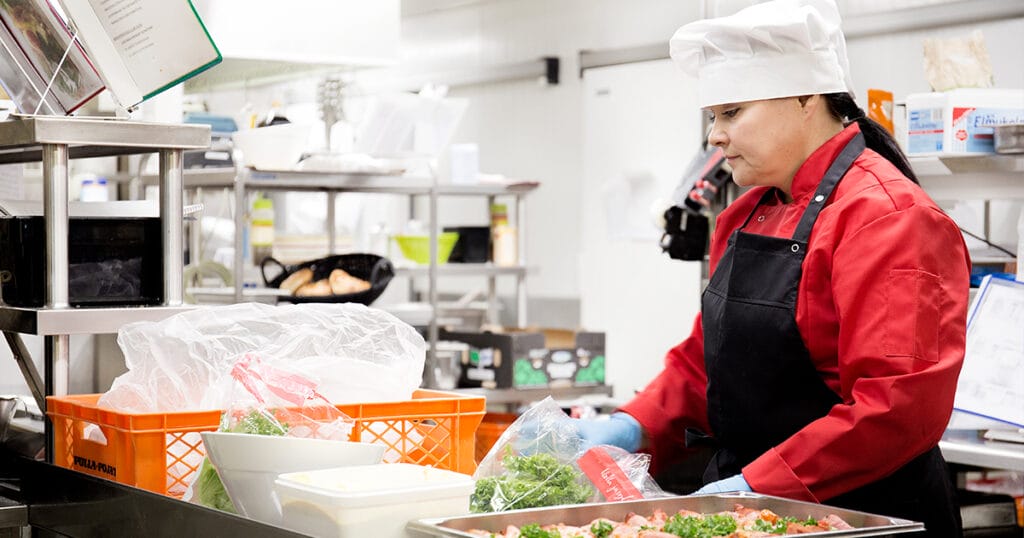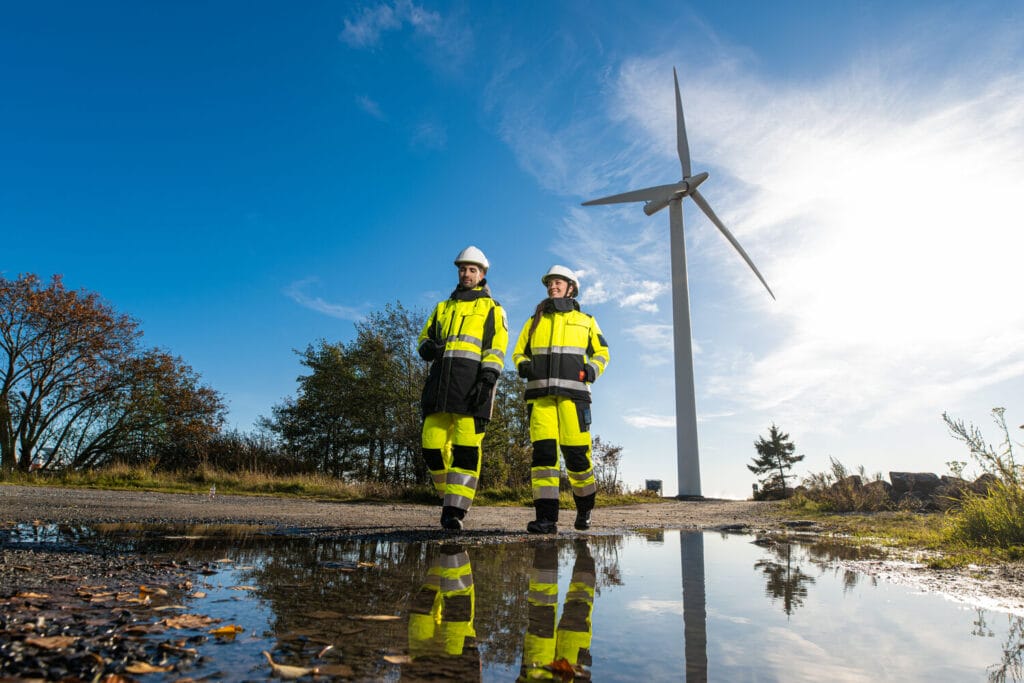
Textile waste is a global challenge – chemical dissolving might be the solution
Chemical dissolving may be the future of recirculating textile
Lindström is taking part in VTT Technical Research Centre of Finland’s Tekstiilien kiertotalous (Circular Economy of Textiles) project, which tests a future solution for the processing of textile waste. The project tests technology developed by VTT by collecting old cotton clothes from consumers, dissolving them and processing the resulting fibre raw material into new garments.
Lindström’s rental textile service was created and is being developed in accordance with the principles of circular economy – textiles are procured only when there is actual need, and they are used up by recycling them from one company to another. Rental textiles provide a completely waste-free solution for the user, as the responsibility for the ecological footprint of their use and responsible disposal is shouldered by Lindström.
When a textile is unusable as a garment or sheet, for example, its life span is extended by transforming it into a new product, recycling it mechanically or using it for energy production. Finding suitable uses for textiles that are in poor condition and unfit for use is another considerable challenge for Lindström. Textile waste is a globally expanding problem, to which Lindström is now actively seeking a solution.
The dissolving technology being tested would enable used raw materials to be processed into recycled fibre raw materials and an ecosystem of closed circulation to be created. Compared to virgin cotton, recycled fibre reduces the water and carbon footprint considerably and is more environmentally friendly compared to the production of viscose fibre, for example.
“Since we have developed and are still developing our service from the perspective of circular economy, we are extremely interested about this project. Only by testing and trying out solutions, we can find out what works. We are actively and enthusiastically testing new technologies also with regard to the development of our own service. This project can create the solution of the future for the processing of our textile waste,” describes Juha Laurio, President & CEO of Lindström Group.
Lindström’s workwear is produced according to the principles of waste hierarchy: textiles are manufactured only for actual need, fabric loss is minimised and the products are designed to be easy to repair and durable in terms of use and maintenance. The garments are also recycled from one user to another until they are ultimately unusable. Textiles that end up as waste are processed into new products, recycled mechanically into raw materials or burned to generate energy. Currently, these measures cover 71% of Lindström’s waste textile volume, which in 2015 was 1.2 million kilograms for the entire Group.
VTT Technical Research Centre of Finland’s Tekstiilien kiertotalous (TEKI) project, which was launched internationally under the name The Relooping Fashion Initiative, pilots and models a closed circulation ecosystem, which adheres to the principles of circular economy and creates a foundation for a new kind of industrial utilisation of textile waste that is unsuitable for reuse.
For more information, please contact: www.reloopingfashion.org. The project is funded by Tekes and the participating companies.




